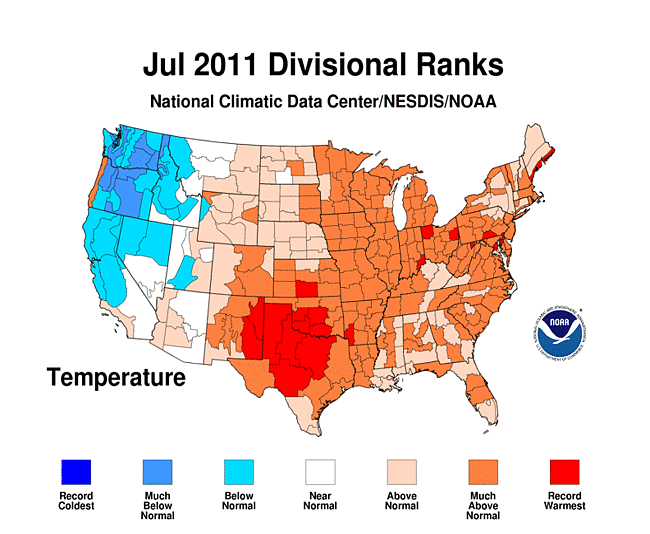Hoover Dam history at Huntington
Posted on | August 16, 2011 | No Comments
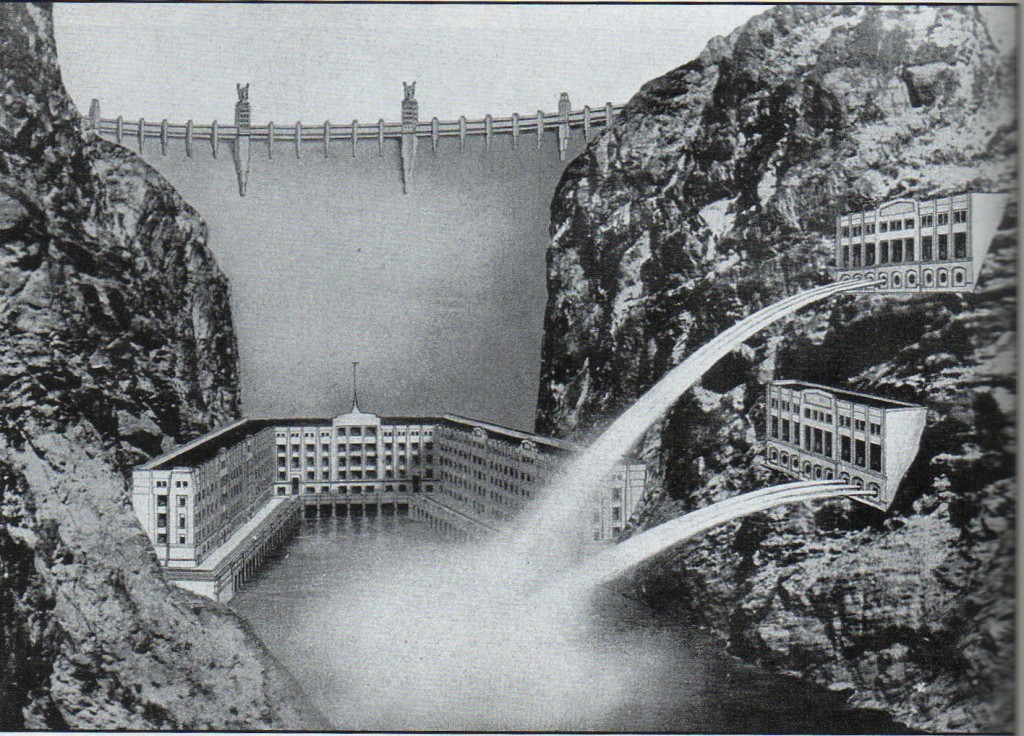
Michael Hiltzik, a Pulitzer-prize winning columnist with the Los Angeles Times and author of ‘Colossus: Hoover Dam and the Making of the American Century,’ will be speaking about the Depression-era dam project that made the desert bloom and Colorado River delta die. Date: tomorrow (August 17th) at the Huntington Library, Art Collections, and Botanical Garden. Time: 7.30pm. Admission: Free. Click here for details.
Hiltzik’s book, which was published last summer, is not a water book per se, though the sheer weight of water involved caused earthquakes in the Mojave. It’s not even a desert book. It’s a painstaking history of the politics that led to the dam being built, the heroics and tragedies in the construction, and how the West was won, or ruined, depending on your view point. The picture, above, from the book, captures a failed early schematic for the dam. For an earlier review of this very fine book, click here.
Hot news is bad news
Posted on | August 15, 2011 | No Comments
Global temperatures for July 2011 were the seventh hottest since record-keeping began in the 19th century, the National Oceanic and Atmospheric Administration reported today. The month was the fourth hottest on record for the US, with 41 states experiencing hotter than normal temperatures and two — Texas and Oklahoma — suffering the hottest. If one of the newer presidential candidates imagines that he can pray his way out of climate change, it merits noting that Dallas exceeded 100F for 30 of the 31 days of July.
California was among the seven states west of the Rockies to have normal or cooler-than-normal temperatures. Thanks to unusual Pacific currents, we’ve had a good water year after a decade of largely bad ones. While some heat is forecast, so far our weather has been balmy. Why worry? The best non-scientific answer to that question may be found in this lecture, posted by WaterWired, by philosopher Kathleen Dean Moore.
Moore argues that in spite of valiant efforts by scientists, most of us are behaving as if climate change isn’t happening. Why, when we’ve been told (and told, and told, and told)? Her answer is startling: Because we the public haven’t decided that it’s wrong to wreck the world. She begins her lecture, “What I’m going to do is to try to defend this premise: That taking whatever we need from the world to support our comfortable lives now and in particular degrading the rivers, creating unreliable fresh water supplies, impoverishing the ocean, creating an unstable climate. All these sorts of things I want to say are not worthy of us as moral beings.”
What to do? There are so many easy, immediate things that any homeowner can do right away. Don’t rip out the unused display lawn next year. Do it now. Don’t check the sprinklers next month. Do it now. Phenomenal amounts of greenhouse gases are created generating the energy to move water to Southern California, pressurize pipes, mow lawns, truck away clippings. Remove what lawn you don’t actively use. Mow what you keep less often and compost the clippings. Don’t put in a pool, put in solar panels and join a pool. Phenomenal reductions in green house gas emissions are possible by making simple, immediately achievable changes. Until then, none of us need to say that we don’t care about wrecking the world. Our gardens are saying that for us.
The Dry Garden: Palo verde ‘Desert Museum’
Posted on | August 12, 2011 | No Comments
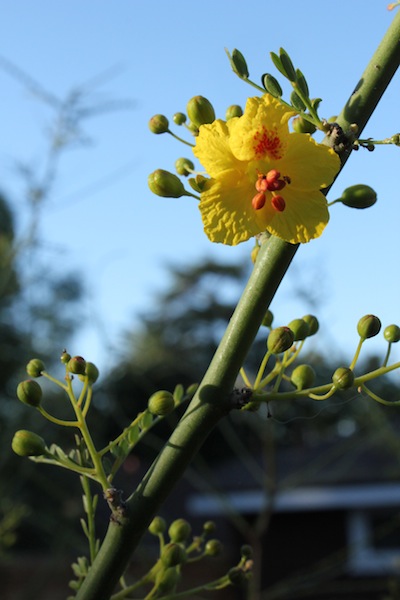
A tree whose name translates from Spanish to “green stick” has performed a remarkable feat. Native to ranges in Southwestern deserts and once thought here as appropriate only for Phoenix or perhaps Palm Springs, the palo verde tree has become a favorite choice of Los Angeles landscape architects.
Click here for a Q&A with Mark Dimmitt in this week’s Dry Garden column in the Los Angeles Times. In it, the director of natural history at the Arizona-Sonora Desert Museum in Tucson kindly talks about a selection of palo verde tree that, thanks to him, is now giving “xeriscaping” a good name.
The Dry Garden: Mulch now
Posted on | August 5, 2011 | No Comments
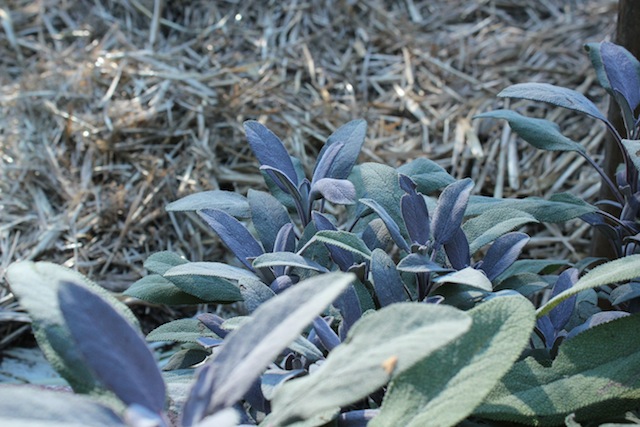 The end is in sight. On Sept. 30, California’s “water year” will end and meteorologists will begin measuring rain for another 12-month cycle. Gardeners will begin planting with the expectation of help from seasonal rains. Before then, however, we must get through August and September. Atop the to-do list: irrigate and mulch.
The end is in sight. On Sept. 30, California’s “water year” will end and meteorologists will begin measuring rain for another 12-month cycle. Gardeners will begin planting with the expectation of help from seasonal rains. Before then, however, we must get through August and September. Atop the to-do list: irrigate and mulch.
Click here to keep reading The Dry Garden in the Los Angeles Times.
The Sultan of Searchlight
Posted on | August 4, 2011 | No Comments
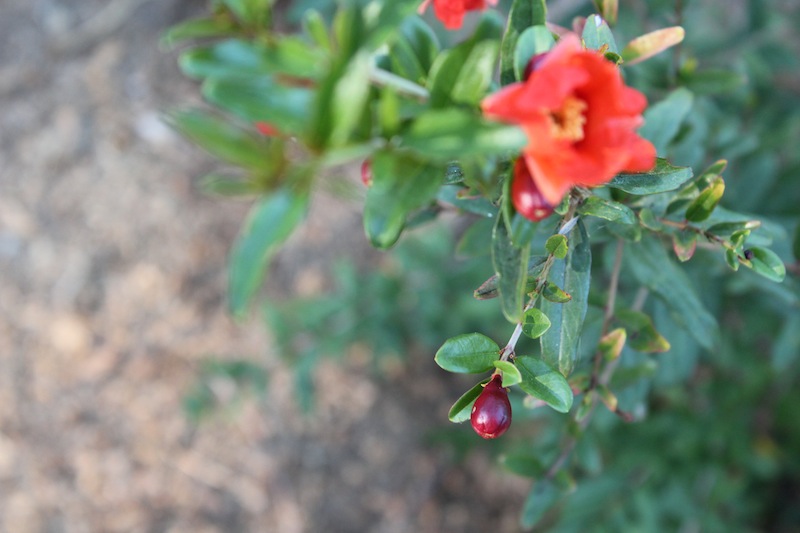 News reports had fun with the Senate Majority Leader’s sniffled remark that the debt ceiling drama was keeping him from his garden, but Jon Stewart had more fun. It was hard on everyone, Stewart said, but especially hard on senior citizens, one senior citizen particularly. Cue: news footage of Harry Reid.
News reports had fun with the Senate Majority Leader’s sniffled remark that the debt ceiling drama was keeping him from his garden, but Jon Stewart had more fun. It was hard on everyone, Stewart said, but especially hard on senior citizens, one senior citizen particularly. Cue: news footage of Harry Reid.
“I have a home in Nevada that I haven’t seen in months,” said Reid. “My pomegranate trees are, I’m told, blossoming and have pomegranates on them. I have some fig trees and roses that I just haven’t seen.” To this, after a Daily Show-sized pause, an incredulous Stewart responded, “Your pomegranate and fig trees are blooming? What are you? The Sultan of Reno?”
Adopting a faintly British accent to inhabit said sultan, Stewart continued, “Sometimes the mists of eucalyptus would settle over my fields of pistachios. My harem would prepare me a plate of candied dates and polish my bottomless cup of slot machine tokens.”
Yes, it’s just like that in Searchlight, Nevada, where Reid lives, if you give the Mojave Desert the old developer’s fruit box treatment and paint in pistachios and eucalyptus trees. (Those plants are missed by other politicians who screwed us so they could get back to their respective gardens in the Central Valley of California.)
What Senator Reid is doing growing roses in the Mojave is not clear. Figs could probably stand it. The pomegranates will need water, which the Senator is working on getting, even if it means drying out rural Nevada and the Colorado River to do it.
But what made this Eastern comic’s parody painful for this Westerner to watch was knowing how many people who were enticed to Southern Nevada, Southern California, Arizona and so on by dreams of pomegranates have been screwed. There is the open joke that there was never enough water, at least without wrecking the place, for the explosion of growth that Senator Reid’s land deals allowed to take place in Southern Nevada. But the one way in which the Senator has always seemed authentic, magnificent even, was as a champion of social justice. The Vegas he has spent his adult life building was proud of its unions, of being a place where a waitress could own a home, grow her own pomegranates. As the Sultan returns to Searchlight, may he stop by the waitress’s house and ask how her garden grows.
